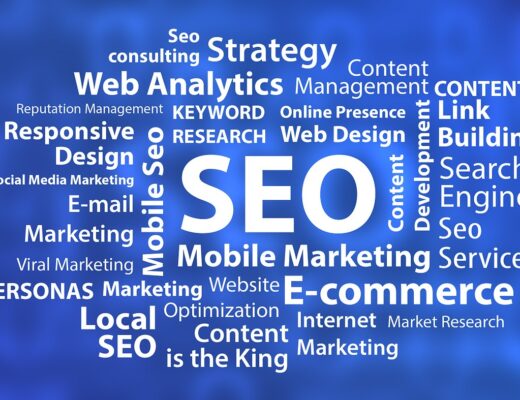In today’s fast-paced digital landscape, having a speedy website is becoming more and more important. A quick-loading website is essential for providing a great user experience, increasing conversion rates, improving accessibility, and ensuring excellent SEO rankings. If you’re looking to Page Speed Optimization for your website but don’t know where to start, no need to worry as we’ve got you covered.
Why Should You Care About Website Page Speed?
Website page speed is critical in today’s digital age for various reasons that directly impact user experience (UX), conversion rates, accessibility, and SEO rankings. Let’s dive into each of these aspects in detail:
Page Speed and User Experience
A slow-loading website can significantly impact the user experience negatively. It can make it harder for users to find what they’re looking for quickly or complete tasks on your site efficiently. A slow-loading site can reduce user satisfaction levels leading to high bounce rates and low engagement.
To improve UX on your website
- Compress images: Large-sized images are one of the most common culprits of slow load times. Use tools that compress image files without compromising on quality.
- Caching plugins: Use caching plugins that help store frequently accessed data into users’ devices’ cache memory.
- Reduce HTTP Requests: Minimize the number of HTTP requests made by browsers while loading pages on your site by reducing file sizes where possible.
Page Speed and Conversion Rates
Page speed optimization has an undeniable impact on conversion rates. Because every second counts when it comes to customer acquisition!
According to recent research conducted by experts in this field – every second delay results in approximately a 5% decrease in conversions rate.
To optimize your site’s performance:
- Prioritize content above-the-fold
- Keep all scripts at the bottom
- Minify CSS and JavaScript
Read More- Keyword Clustering: The Secret to SEO Success in 2023
Page Speed and Accessibility
Accessibility is a critical aspect of website design. Slow-loading websites can create significant barriers for visitors with disabilities or those accessing the internet via slower networks. To ensure accessibility:
- Use alt tags for images: This helps screen readers describe images to users
- Keep your website layout simple: avoid complex page designs that hinder readability, especially if they require multiple scroll actions.
Page Speed Optimization as an SEO Ranking Factor
(Search engine optimization) SEO Services is the practice of increasing website traffic by improving search rankings. Search engines like Google reward fast-loading sites with higher rankings. Slow-loading sites are penalized, resulting in lower search engine visibility.
To improve site speed for SEO:
- Optimize Images: Compress images without sacrificing quality.
- Reduce server response time by upgrading your hosting provider
- Use content delivery networks (CDNs)
10 Ways to Improve Website Page Speed
Here are ten actionable hacks that can help improve the performance of your site
- Get a Good Hosting Provider
Choosing a reliable hosting provider is critical for optimizing page speed. A shared hosting plan may not offer the same level of responsiveness as dedicated hardware. Take the time to assess various hosting packages available and select an option that can adequately support your website’s traffic demands.
- Enable GZIP Compression
By enabling GZIP compression, you can significantly reduce loading times for assets such as HTML, CSS, and JavaScript files. Most modern web servers and content management systems support GZIP compression.
- Optimize Image Sizes
Compressing your images without compromising visual quality using image compression tools or plugins is an effective way of optimizing them for faster loading speeds.
- Leverage Browser Caching
With browser caching enabled for static resources on the user’s device, subsequent visits skip fetching them from the server leading to faster load times.
- Minify CSS and JavaScript
Removing unnecessary characters like whitespace and comments from CSS and JavaScript files reduces their size leading to improved loading times.
- Reduce HTTP Requests
Combining multiple CSS & JavaScript files into a single file reduces overhead. Because each user browser request adds overhead increasing page load time.
- Use a Content Delivery Network (CDN)
A CDN distributes static content across multiple servers located in different geographical regions reducing latency by serving content from nearby servers nearest users’ location.
- Implement Lazy Loading
Deferring the loading of non-critical content like images or videos until they’re needed when scrolling or interacting with a page reduces initial page load time.
- Optimize Your Code and Database
Ensure that your code is clean, well-structured, and follows best practices. Minimizing the use of unnecessary plugins or scripts can slow down your site.
Additionally, optimize your database by removing unused data, optimizing queries, and implementing caching mechanisms where possible.
- Monitor and Test Performance Regularly
Conduct regular performance tests using tools like Google PageSpeed Insights to identify bottlenecks to maintain optimal page speed.
Read More- How to Win Over Potential Clients with Social Media Marketing Proposal?




